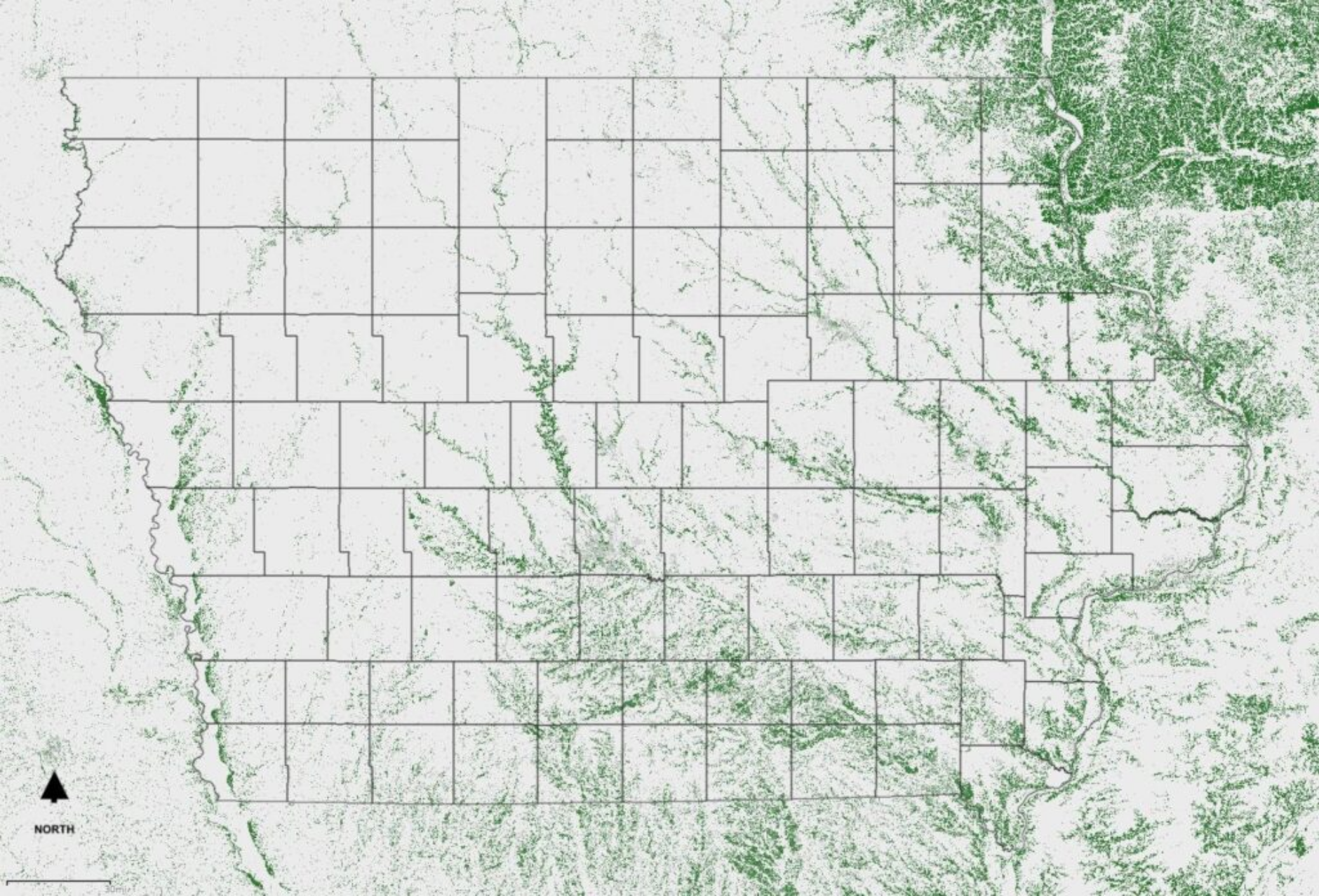
Enhancing IFEEDER’s 2017 Estimates Amid COVID-19 Market Disruptions
A major component of this analysis was an update of work originally done for the Institute for Feed Education and Research (IFEEDER) in 2017.
Estimating the consumption of feed ingredients for most animal species, including companion animals, in the United States is of great interest to IFEEDER. Using a blend of methodology originally used in 2017 and additional methods developed in the interim, DIS has updated and enhanced coverage and accuracy of original estimates.
COVID-19 manifested itself in many ways within the markets for food products and livestock production systems. There were increases in retail/grocery sales of most food products and sharp declines in products normally distributed through the hotel, restaurant and institutional (HRI) networks.
In March, April, and May 2020, major disruptions in processing facilities for cattle, hog and poultry led to price variations and significant production deviations from the pre-COVID-19 baseline.
Production and marketing channel disruptions began distorting and depressing U.S. livestock markets in March 2020 when many schools and other institutions were closed. Processing facilities began experiencing labor and operational disruptions in late March 2020 with conditions deteriorating into late April and early May 2020.
Meanwhile, to contain the widespread outbreaks of COVID-19, different animal processing facilities began adopting new health protocols, which affected line speeds in the beginning of implementation.
The Process
Three forward-looking scenarios were developed for livestock and poultry production which projected possible outcomes based on an expected-case scenario, a worst-case scenario and a best-case scenario.
- The “expected case” was based on the USDA baseline early release tables released in November 2020.
- The best-case scenario assumed even better outcomes than the expected case (more rapid recovery of the hotel, retail and institutional (HRI)) sector of the economy, as well as faster than expected recovery in segments such as travel and trade.
- The worst-case scenario assumes a worsening of the COVID-19 situation with even more disruptions in the HRI segments, potential disruptions in processing and slaughter, reductions in breeding herds and flocks, and potential sporadic disruptions in trade flows.
The Results
Under the expected-case scenario, total feed consumption was projected to rise from 248.4 million tons of feed consumption (excluding forages and roughage) in 2020 to 254.6 million tons of feed consumption in 2025. The estimated value of this feed in 2020 was $47.5 billion and, using 2020 feed prices, would have been $48.8 billion in 2025.
Under the worst-case scenario, feed consumption (excluding forages and roughage) was projected to fall from 248.4 million tons (valued at $47.5 billion) to 237.2 million tons (valued at $45.4 billion) in 2025 using 2020 feed prices.
In the best-case scenario, feed consumption (excluding forages and roughage) was projected to rise from 248.4 million tons (valued at $47.5 billion) in 2020 to 263.1 million tons (valued at $50.4 billion) in 2025 using 2020 feed prices.
In addition to estimating “baseline” feed consumption for major species, our team estimated the impact of COVID-19 on the feeding of major species of livestock and poultry.
As one would expect, the impact of COVID-19 was felt throughout the economy. The feeding of animals throughout the United States is no exception.

